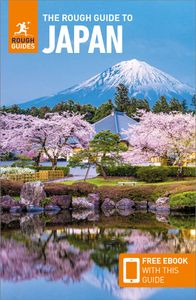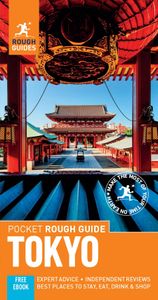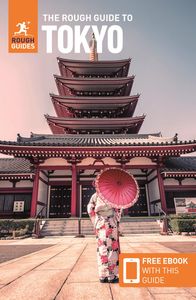23. Visit Kenroku-en - one of the best gardens in Japan
Nature has been tamed and primped to its most beautiful at Kanazawa’s star attraction, one of the country’s top traditional gardens.
Originally the outer grounds of Kanazawa castle, the magnificent Kenroku-en officially ranks in the top three gardens in Japan (the others are Kairaku-en in Mito and Kōrakuen in Okayama). Laid out over two centuries from the 1670s onwards, it opened to the public in 1871.
The name, “combined six gardens”, refers to the six horticultural graces it embraces: spaciousness, seclusion, artificiality, antiquity, water and panoramic views.
It’s a delightful place to stroll around, with an ingenious pumping system that keeps the hillside pools full of water and the fountains working. Carefully pruned and sculpted pine trees adorn the crafted landscape, and sweeping vistas overlook Kanazawa’s geisha district, Higashi Chaya. To spare yourself the likelihood of being disturbed by megaphone-toting guides and coach parties, come in the early morning or late afternoon.
Where to stay in Kanazawa:
- Minshuku Ginmatsu
Pleasant, good-value and very welcoming minshuku, tucked away in the lovely Higashi Chaya district. The neat tatami rooms share a communal bathroom with a shower, and guests are also given free tickets for the local sentō (bathhouse).
- Guesthouse Namaste
Conveniently located in a calm side street a 5min walk from the station, this well-priced option offers impeccably clean tatami male and female dorms, two Western-style twin rooms, and a tatami family suite, plus a communal bathroom, kitchen and lounge.















































